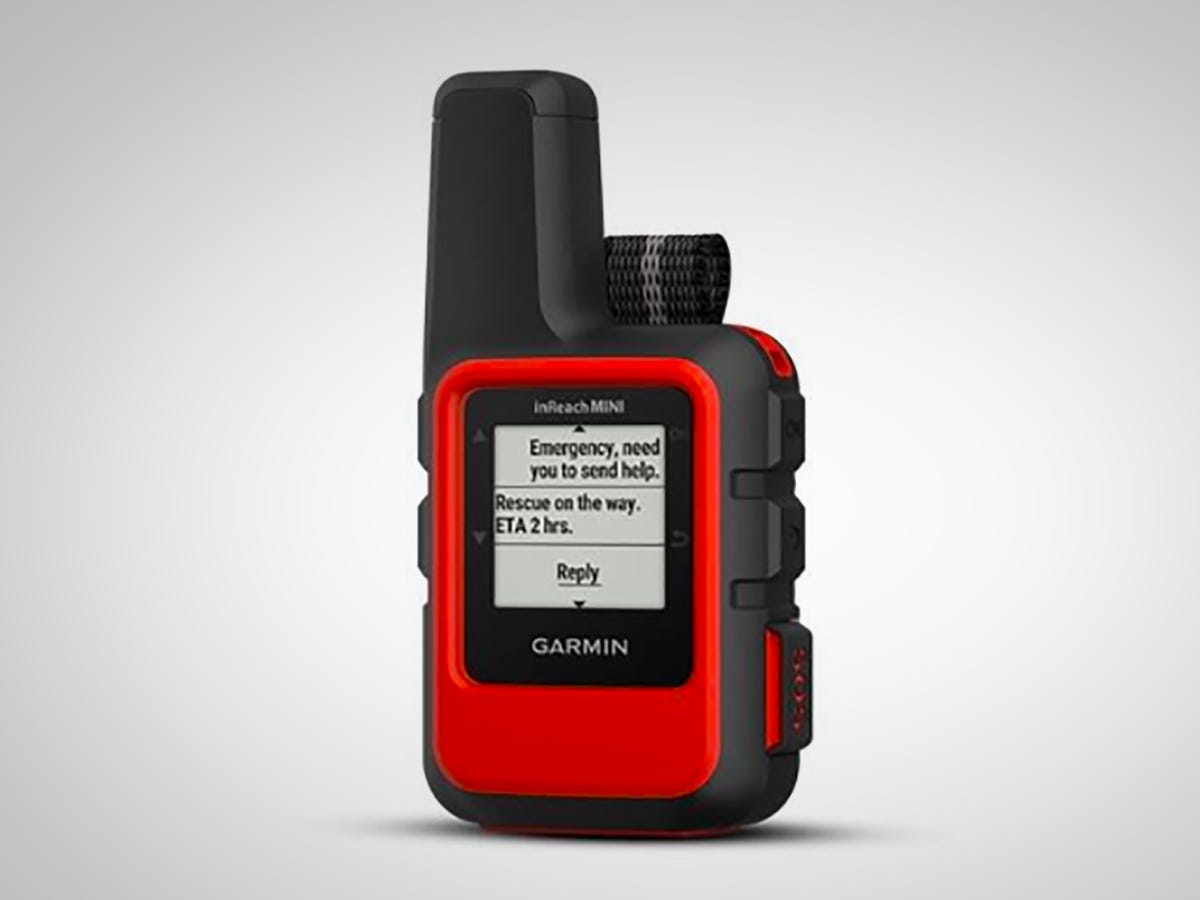
No matter whether you're new to parenthood or an old pro, there are some important things you should know about parent product. A parent product is not a product. It is a subtype or variant of a particular product.
The parent product isn’t something, but it’s still something. A parent product can be an item of the best quality. A parent product may come in many different sizes and colors. It could also made from metal or glass.
The best thing about parent product is that you can have several. A parent product can be combined with several child products. You might have several sizes and colors for a red tshirt. This flexibility allows the product to be customized more easily.
You will need to determine which attributes you wish to use to create the best parent product. For example, you can show a product's picture and description by using a parent products with a "Default Child” attribute. The "Default Child” attribute lets you set the product's display order.

In addition to the above attributes, it's important that you use a parent product that has a price list and a limit on how many you can sell. This is so you're not inadvertently selling more than you can sell.
StoreAutomator makes it easy to keep track of parent products. This tool can be used to create a Master SKU, which links parent SKUs together.
You can also use the tool to generate a product with all of its variants. This is a great tool to keep track all variants and merge listing without having to do everything manually. The tool will need to be configured.
This tool can also be used to add the best parent products to your store. This tool is helpful when you want to display the main attributes of a product to your customers.
A product must be at least a simple product or virtual product to create a product that has the best parent product. Navigate to Products > All Products to do this. You'll then need to click on the Manage Data link in the vertical blue bar on the left side of the screen.

StoreAutomator has a FAQ page that can help you if you need additional information. You can also find a sample code that you can use for retrieving parent products.
You might also want to check the page with "superproduct attributes" for your parent products. If you're not certain which attributes to choose, you can edit the name of each attribute. In addition to the attributes mentioned in the previous section, you can also add a "Plural Label" attribute, which you'll want to add if you have several child products.
Knowing the attributes that you will use when creating a parent item is key. For example, if there are ten design variants of a sports shoe you will need to use a Display Order attribute.
FAQ
Are there any other things I should know when buying clothes online?
Before shopping online for clothes, there are many factors you should consider. First, you need to know your size. Although it may seem obvious, most companies won't give this information. You might have to guess.
Also, consider shipping costs. Shipping costs can vary depending on which item you purchase. It is important to know exactly where your parcel is going. Some items ship directly to the manufacturer, while others go through third-party warehouses. This can alter delivery times.
Finally, read reviews carefully. There are many poor experiences. Do not let another person's bad experience affect yours.
What are the pros and cons of shopping online?
Online shopping has many advantages for both retailers and consumers. Online shopping offers convenience. This allows customers to shop whenever they like. Because you don’t have to go into shops to shop, there are less restrictions on what you can buy. There are also disadvantages. Online shoppers don't always know what an item costs before they purchase it. This could make them overspend. Customers may also feel more comfortable buying online from large-box stores as they are used to seeing the products in person. Customers who purchase something online, then decide not to keep it, won't be able to return the physical product. Online shopping could also make brick-and–mortar stores less competitive in order to keep their customers.
Why I shouldn’t believe the hype surrounding sales in online shops and stores?
Sometimes, sites will overstate the starting price of an object to make you appear to be saving more. Just put the item you're interested in into your cart, so you don't lose it, and then do a quick Google search for the designer's name and the type of product you are shopping for. It may turn out that the incredible deal you thought was yours is actually quite reasonable. It is possible to get the same item at a cheaper price.
Statistics
- A report from the U.S. Census Bureau found that in the first quarter of 2022, an estimated $250 billion was spent on retail e-commerce sales.1 (thebalance.com)
- Your Online Purchases 79% of Americans purchased goods and services online in 2018, which is expected to exceed 90% in 2023. (meetfabric.com)
- The tax is automatically added once you click the checkout button, so factor in an additional 20% when looking at the product page. (makeuseof.com)
- All items on AliExpress have an estimated delivery time on the product page, and it's usually anywhere from 20 to 60 days. (makeuseof.com)
External Links
How To
How to shop online safely
Online shopping offers convenience and is a great way to shop for goods and services. But, convenience comes with a cost. Although there are many benefits to shopping online, there are also potential risks. Identity theft is the biggest threat. Identity thieves use your personal data (name, address, credit card number) to steal money from you or take out fraudulent loans against your name. They then make a profit by selling your stolen information on a black market. Here are some tips to help you keep your business online safe.
-
Secure websites are recommended. SSL encryption is free for most online stores. You can only see the information that you entered, such as names and addresses or credit card details. It prevents anyone else from reading what you enter. Make sure that you have a valid certificate issued from a recognized CA when choosing an online store. When you browse the web, look for a green padlock icon at the URL bar.
-
Keep your password secret. When you sign up to a new account, an email will usually ask you to confirm your email address or username. You must keep these credentials confidential and not share them with anyone. Keep them safe! If someone takes your wallet, they may also have access to your accounts. Instead, save them securely on your computer. A good rule of thumb is to change your passwords once every three years.
-
Keep track of all your orders. If you're sending items to yourself or others, make sure you keep track of where you send those packages. Many people fall prey to fraud by believing that they sent something to themselves but it was actually sent to someone else. Before paying for shipping, make sure you verify the tracking number. Always get proof of delivery before you ship anything. If you aren't satisfied with the service rendered, please contact the company right away.
-
It is important to know who you are dealing. Websites will often ask for sensitive information like your full name, date, birth date, Social Insurance Number and bank routing number. They use these details to identify you so they should be cautious about what information they ask for. Google "what's the need?" to determine if a website has this information. You'll find many solutions.
-
Pop-up windows are a danger. Many websites bombard you with popups advertising special offers and deals. While some advertisements might appear legit, others will trick you into sharing private information. For example, an anti-virus program may ask for your credit card number, bank information, and social insurance numbers. To avoid being tricked, don't click any suspicious links.
-
Beware of phishing scams. Phishing scams involve hackers posing as reputable companies to trick consumers into handing over their financial information. Phishers often create emails that look like they come from banks or retailers, encouraging users to log in and update their account information. Once your financial information has been given, hackers can take control of your finances. Hackers can even empty out your bank accounts or transfer funds between different accounts. Many resources are available on spotting a phishing scam, including How to Spot a Fake Email Scam.
-
Do your homework. Always read all terms and conditions before you sign up for any deal. It is important that you understand and agree to the terms and conditions of any contract. Make sure to read all information and understand exactly what you're agreeing. It is important to avoid hidden fees or charges in order to save money.
-
Shop around. Don't be afraid to shop around. Compare prices across many different websites until you find the best price. If you order multiple items, make sure to compare shipping costs. Shipping costs vary depending on the website you use. It is worth paying extra for faster shipping.